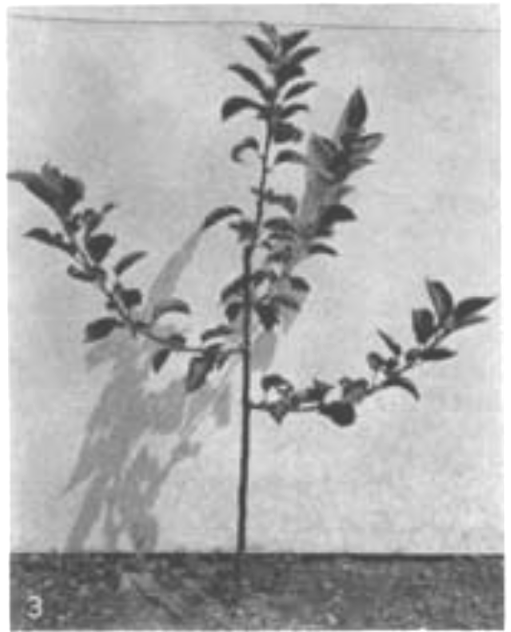And I quote:
“Another method of modifying the growth of apple trees is by upside down budding or grafting. More than 25 years ago I budded one-year apple whips, placing the buds where the permanent branches were wanted, but the buds were inserted upside down. This work has been repeated and a photograph of such a tree is shown in Figure 3. The buds start growing toward the ground, but the branches started gradually growing upward to form a spreading tree with
unbreakable crotches. In pears, such flattened trees bear earlier. In parts of Europe and California the branches of young pear trees are often tied down in a nearly horizontal position in order to flatten the tree and make it bear earlier.”
Alrighty then…I’m going to do it; just leave it upside down.

From “Arnoldia” --1950:
http://arnoldia.arboretum.harvard.edu/pdf/articles/1950-10--dwarf-trees.pdf